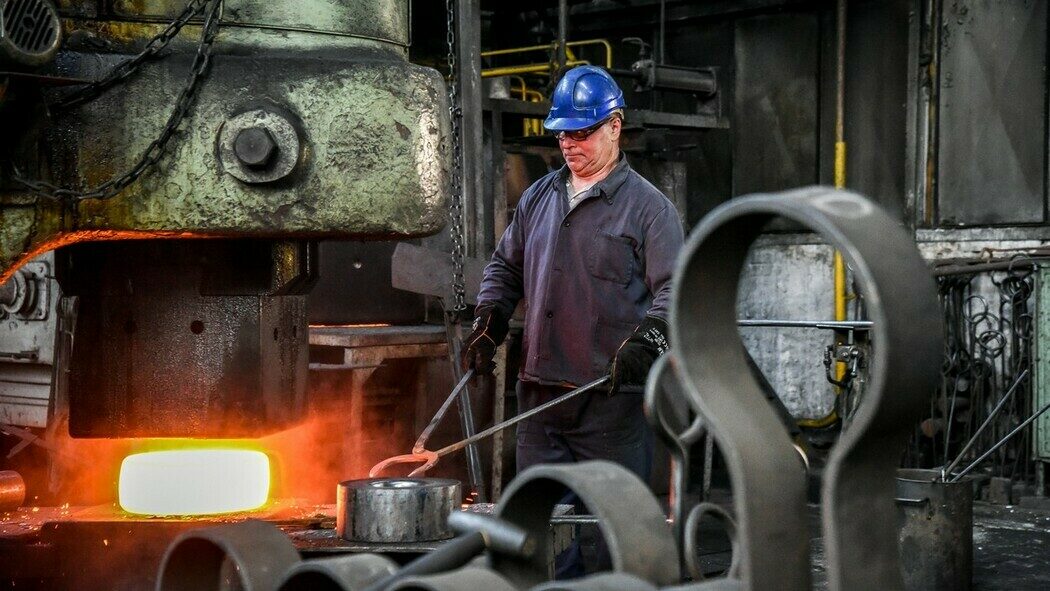While a possibly pivotal climate summit is taking place in Glasgow, Scotland, which will decide the direction of the world towards a zero-emission future, public debate is growing not only about tightening commitments but also about specific decarbonisation technologies. International environmental organisation Bellona, one of the few to openly support carbon capture and storage (CCS), brings an interesting perspective. As Michał Wendołowski, Climate Technology and Policy Manager for Central and Eastern Europe, says, we need to start preparing for CCS as soon as possible so that we can implement it within this decade and avoid the worst-case scenarios of climate change.
What do you think about the recent development of CCS worldwide? In 2021, the total capacity of the CCS project-pipeline increased for the fourth year in a row, by almost one third over the previous year. That sounds great doesn’t it?
For many years, CCS as a climate technology seemed to be marginalised, so this is undoubtedly a very welcome sign of progress. As the world has got serious about climate change, technologies that can tackle difficult emissions, such as CCS, have come back. We need these projects and many many more to achieve our net-zero climate targets.
The climate report shows good news, but is it enough? Shouldn’t the world speed up with CCS due to climate change?
As with all actions on climate change - we all need to do more and move faster to prevent irreversable climate change. CCS deployment must speed up as much as it needs to scale up. As noted in the Global CCS Institute report published earlier this year, we need 100 times more CCS projects by 2050. So, the current rate of projects deployment is not big enough.
Of the 135 commercial CCS facilities in the project pipeline, 27 are fully operating, 4 are under construction, and 102 are under development. It seems hopefully, but there are still many projects only under development, so they can be finally suspended. Are you afraid of this development?
Indeed, CCS projects often fail to materialise, due to economic, political and public acceptance reasons. Storing CO2 is profitable when you use it to improve oil extraction (through the process known as Enhanced Oil Recovery), but this does not lead to emission reduction and only perpetuates fossil fuel production. For CCS motivated by climate action (and the only rationale for CCS is climate action) there there has been little economic incentive. On the contrary, dumping CO2 into the atmosphere has little or no cost. This is however changing, as CCS is increasingly recognised by climate scientists, businesses and policy-makers, as absolutely necessary for achieveing climate neutrality. The US has put in place a fiscal support programme for companies investing in CCS. In the EU, the rising cost of emissions in the EU Emission Trading System are motivating industrial emitters to consider CCS.
Some European governments assessed that CCS is critical to reducing emissions from industry and a way to keep it in a low-carbon world. They have put in place subsidies and funding schemes for CCS projects, with notable examples in Norway, the Netherlands and the UK. But these developments, need to accelerate and scale up, also in other parts of Europe and beyond, for CCS to turn the corner and deliver meaningful emission reduction.

What needs to happen?
CO2 transport and storage infrastructure must expand for CCS to become a meaningful climate change mitigation tool. CCS projects require significant investments and a regulatory support combined with public acceptance. Long-term planning and coordination among multiple stakeholders at a local, national and cross-border level are needed. The involvement of local communities and dissemination of knowledge about the benefits of CCS is key to secure public acceptance for CCS projects. Needless to say, continuous efforts by industry and regulators are required to ensure safe handling of CO2, even more so with the necessary scale-up of CCS. The need for sufficient lead time of setting up CCS projects must be factored into national and EU decarbonisation strategies. CCS must be deployed during this decade to help avoid the worst climate change scenarios, and so preparations need to be made now. Ultimately, those that produce low carbon steel or low carbon cement should be rewarded - this will in time drive industrial products to decarbonise, and CCS is a significant part of that solution.
Why does Bellona generally support the CCS technology? And what potential do you see in this technology?
We support CCS because it is a viable, large-scale CO2 emission reduction tool. Climate neutrality requires elimination of GHG emissions beyond power generation, and so other sectors of the economy, like industry, can no longer escape climate action. CCS helps decarbonise industries considered to be hard-to-abate (i.e. where emission reduction is technologically difficult), so that no sector is left behind in a net-zero world.
CCS may have a supplementary role to directly reducing emissions at industrial sites. Our slow action on climate change to date means we may now also be dependent on removing CO2 from the atmosphere to prevent runaway climate change. We call this Carbon Dioxide Removal or Carbon Negative. One way to do it is to capture and permanently store biogenic CO2 emissions from energy production based on sustainable biomass, including biogenic waste. Additionally, atmospheric CO2 can also be captured through Direct Air Capture units and then permanently stored. Capturing and storing biogenic or atmospheric CO2 effectively removes it from the atmosphere, and by doing so leads to negative emissions However, it needs to be said that negative emissions will be difficult and expensive and not a substitute for rapid action in cutting emission. Removing CO2 from the atmosphere is certainly not an easy fix, and if anything our reliance on it should be a sign of how far the climate crisis has gone.
How important might be CCS for the European industry? There is a fear that strict climate commitments will move it into China. Can CCS prevent this?
CCS is particularly effective as an emission abatement solution for industrial clusters, and can complement the deployment of renewables. However, for some industrial sectors, such as cement or waste incineration, CCS offers the only viable option to tackle CO2 emissions from the production or incineration process. In some cases, CCS may prove to be more effective also for hydrogen production and sectors like steel or ammonia, which could theoretically use other decarbonisation options, such as direct electrification or by replacing their feedstock with green hydrogen produced through electrolysis powered by renewable electricity. But sufficient volumes of clean power may not even be in place to enable these technological pathways in time to mitigate the aggravating climate crisis. This is particularly challenging in regions like Central and Eastern Europe, where electricity systems are heavily reliant on fossil fuels. In these places, CCS will be be key for Just Transition, and the only chance to decarbonise the local industrial base, instead of shutting it down or displacing it.








